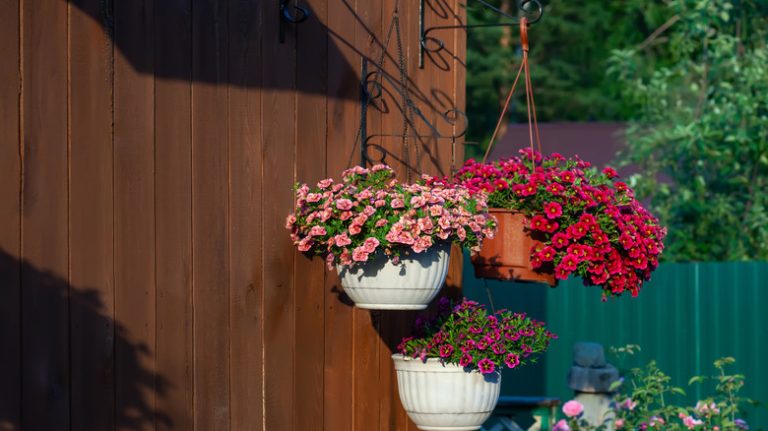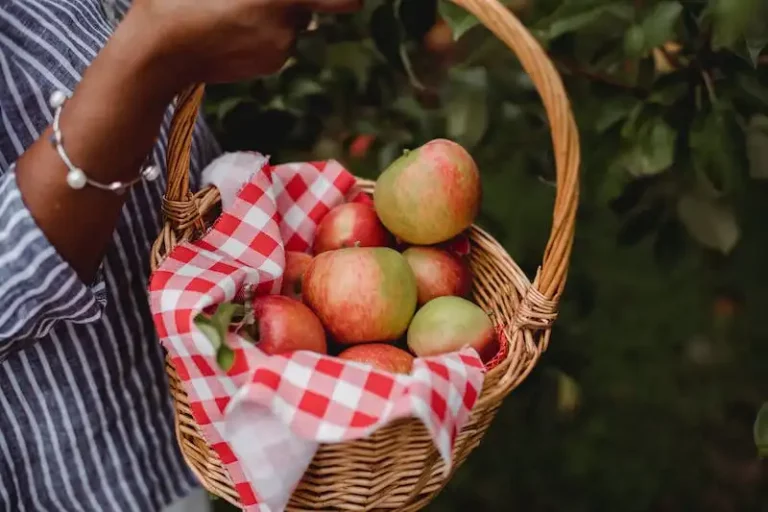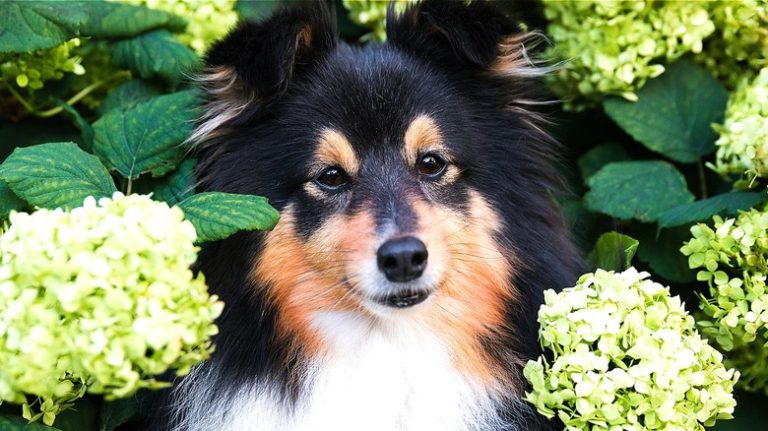The Bird of Paradise Strelitzia is a common and vibrant plant that can add a touch of beauty to any indoor or outdoor space. Its stunning flowers, which can reach up to 8 inches in size, are a great focal point and will surely surprise anyone who sees them. But to keep your Bird of Paradise Strelitzia flourishing, there are a few things you need to know and do.
First, when planting your Bird of Paradise Strelitzia, it is recommended to choose a spot that receives full sun exposure. The plant does best in rich, well-draining soil, so make sure to provide it with a soil mixture that is nutrient-rich. Also, be careful not to overwater the plant, as it prefers slightly dry conditions.
When it comes to fertilizer, the Bird of Paradise Strelitzia will benefit from regular applications of a balanced NPK fertilizer. However, be careful not to over-fertilize as this can cause problems. Instead, stick to a routine of occasional fertilizing and you will see your plant thrive.
A common issue that Bird of Paradise Strelitzia plants can face is yellowing of the leaves. This could be due to a variety of factors, including lack of sunlight, overwatering, or nutrient deficiencies. To remedy this, ensure that the plant is receiving adequate light, water it sparingly, and provide it with a balanced fertilizer.
Another problem that can occur is pest infestation. Bird of Paradise Strelitzias are not immune to pests, so be on the lookout for signs of aphids, mealybugs, or scale insects. If you notice any pests, try using neem oil or a mild insecticidal soap to eliminate them.
In conclusion, caring for a Bird of Paradise Strelitzia takes some patience and careful attention. However, with the right light exposure, watering routine, and fertilization, your plant will flourish and reward you with its beautiful flowers. So, if you’re still thinking about adding a Bird of Paradise Strelitzia to your space, go ahead and give it a chance. It will surely make a great addition to your plant collection.
Bird of Paradise Care
When caring for a Bird of Paradise Strelitzia, there are a few important things to keep in mind. These plants are native to South Africa, where they can be found growing in the wild. In order to recreate their natural habitat, you’ll want to provide them with well-draining soil and plenty of sunlight.
One way to help protect your Bird of Paradise from pests and disease is by using neem oil. This natural insecticide can be sprayed on the leaves and stems of the plant to prevent pests from causing damage. It’s also a good idea to arrange your Bird of Paradise in a way that allows for good air circulation, as this can help prevent fungal diseases.
Bird-of-paradise is a hardy species that can adapt to a wide range of conditions. However, it still has specific requirements to ensure optimal growth and blooms. These plants prefer a rich, well-draining soil and should be fertilized regularly with a balanced NPK fertilizer. A ratio of 10-10-10 or 14-14-14 is usually recommended to promote more upright growth and larger blooms.
When it comes to pruning, it’s important to manage your expectations. While some species of Bird of Paradise can grow quite large, others are more compact and will not reach the same size. However, regular pruning can help maintain the desired shape and size of your plant.
Watering your Bird of Paradise is another crucial aspect of care. These plants prefer to be kept consistently moist but not overly saturated. It’s important to provide them with excellent drainage to prevent root rot. As a general guideline, water your plant when the top inch of soil feels dry.
If you’re considering growing a Bird of Paradise indoors, it’s important to provide them with enough space and sunlight. These plants thrive in bright, sunny locations and should be placed near a window that receives direct sunlight for at least six hours a day. If you don’t have enough space or sunlight, it’s best to choose a different plant that will be better suited to your indoor conditions.
Finally, it’s worth noting that Bird of Paradise is a toxic plant. All parts of the plant, including the seeds, contain toxins that can cause harm if ingested. If you have children or pets, it’s important to keep this plant out of their reach.
In summary, caring for a Bird of Paradise requires careful attention to its specific needs. By providing the right soil, light, water, and fertilizer, you can help your plant flourish and enjoy its stunning yellow blooms for many years to come.
The Bird of Paradise is considered the queen of the indoor plant world. This large upright plant adds a rich tropical flair to your space as its glossy banana-shaped leaves fan out.
It is relatively hardy and adapts to a wide spectrum of light conditions from direct sun to low indirect light, but it will flourish in a sunny spot.
When caring for a Bird of Paradise, there are a few key points to keep in mind:
| Soil | The Bird of Paradise prefers a well-draining soil mix. A mixture of equal parts potting soil, peat moss, and perlite or sand works well. |
| Pruning | Prune any dead or damaged leaves or flowers. This will help promote healthy growth and maintain the plant’s appearance. |
| Fertilizing | Fertilize the Bird of Paradise every 2-3 months during the growing season with a balanced, water-soluble fertilizer. Follow the package instructions for the correct application ratio. |
| Watering | Water the plant thoroughly after the top inch of soil has dried out. Be careful not to overwater, as this can lead to root rot. |
| Misting | Misting the leaves of the Bird of Paradise can help increase humidity, which is beneficial for the plant. However, be cautious not to mist too frequently, as this can lead to fungal issues. |
| Toxicity | The Bird of Paradise is toxic to pets, so be sure to keep it out of their reach. |
With proper care and attention, your Bird of Paradise can thrive for many years, providing a stunning display of tropical beauty. Enjoy the little surprises it brings as it reaches its queen-like stage of growth.
How to care for your Bird of Paradise
The Bird of Paradise (Strelitzia species) is a stunning plant known for its vibrant flowers and large leaves. It’s important to provide the right conditions for your Bird of Paradise to flourish and stay healthy. Below is a guide on how to care for your beloved plant:
- Light: Bird of Paradise plants prefer bright, indirect sunlight. Place your plant in a spot where it can receive plenty of light, but avoid direct sunlight as it can scorch the leaves.
- Temperature: Bird of Paradise plants prefer warm conditions and thrive in temperatures between 65-85°F (18-29°C). Keep your plant away from drafty windows or doors.
- Watering: The Bird of Paradise requires regular watering to keep the soil evenly moist. However, be careful not to overwater, as this can lead to root rot. Water your plant when the top 1-2 inches of soil feel dry.
- Soil: Use a rich, well-draining soil mix for your Bird of Paradise. A mix of peat moss, perlite, and sand works well. Make sure the pot has drainage holes to prevent waterlogged soil.
- Fertilizing: Feed your Bird of Paradise with a balanced, water-soluble fertilizer every 2-4 weeks during the growing season (spring and summer). Follow the label instructions for the appropriate dilution and frequency.
- Humidity: Bird of Paradise plants prefer higher humidity levels. You can increase the humidity around your plant by using a humidifier, placing a tray filled with water and pebbles near the plant, or misting the leaves regularly.
- Pruning: Remove any dead or yellowing leaves to keep your Bird of Paradise looking its best. You can also prune back any leggy or overgrown stems to maintain a compact shape.
- Propagation: Bird of Paradise plants can be propagated through division or by collecting and planting the seeds. Division is the most common method and is best done during the spring when the plant is actively growing.
- Pests and diseases: Bird of Paradise plants are generally resistant to pests and diseases. However, they can occasionally be affected by aphids, mealybugs, and scale insects. Inspect your plant regularly and treat any infestations with insecticidal soap or neem oil.
By following these care instructions, your Bird of Paradise will likely thrive and reward you with its beautiful blooms and exquisite foliage. Enjoy the beauty of this tropical plant in your indoor or outdoor space!
Bird of Paradise
The Bird of Paradise, also known as Strelitzia, is a popular tropical plant that is admired for its vibrant and unique flowers. Taking care of a Bird of Paradise requires patience and a little bit of knowledge, but it’s definitely worth the effort.
- How to care for a Bird of Paradise:
The Bird of Paradise doesn’t require a lot of water, but it does need regular irrigation to ensure its well-being. It’s important to water the plant only when the top inch of soil is dry, as over-watering can cause root rot. The plant adapts naturally to the dry conditions, so it’s best to let it dry out slightly between watering sessions. It’s also important to consider the humidity level in the room where the plant is kept, as a dry environment can affect its health.
When it comes to food, the Bird of Paradise mostly relies on its green leaves to produce energy through photosynthesis. However, adding a balanced fertilizer, such as one with an NPK ratio of 10-10-10, to the soil once a month during the growing season can help promote healthy growth. Be careful not to over-fertilize, as this can burn the roots and damage the plant.
Providing enough sunlight is crucial for the Bird of Paradise to thrive. Place it in a location where it can receive bright, indirect sunlight for most of the day. If direct sunlight is not available, the plant can still survive, but it may not produce as many flowers.
The Bird of Paradise is a hardy plant, but it can be sensitive to cold temperatures. It is best suited for tropical and subtropical climates, and it’s important to keep it away from drafts or cold windows. If you live in a colder climate, you can still grow the Bird of Paradise indoors, but be sure to provide it with enough warmth and protection during the winter months.
- Pests and diseases:
While the Bird of Paradise is generally not prone to pests and diseases, it’s always a good idea to keep an eye out for common issues. Mealybugs and spider mites can occasionally infest the plant, causing damage to the leaves. If you notice any signs of pests, you can use an organic insecticide or simply spray the plant with soapy water to get rid of them.
The Bird of Paradise may occasionally experience fungal infections, especially if the soil is kept too moist. To prevent this, ensure that the plant is not over-watered and that there is good drainage in the pot. Removing any dead or brown leaves also helps promote air circulation and reduce the chance of disease.
- Toxicity:
Keep in mind that the Bird of Paradise plant is toxic to pets. If you have any cats or dogs, it’s best to keep the plant out of their reach to avoid any potential health issues.
In conclusion, keeping a Bird of Paradise requires some patience and care, but with the right watering, lighting, and fertilization, you can enjoy its beautiful blooms and add a touch of tropical flair to your home or garden.



